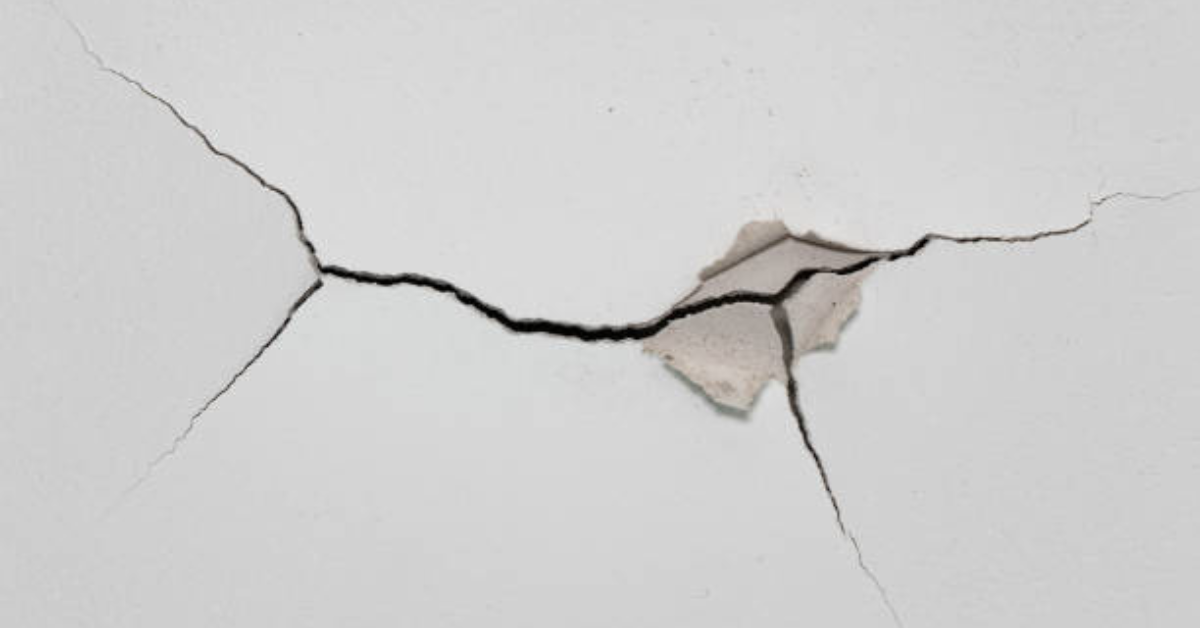
There’s no thing more annoying for a house owner than finding water marks on the ceiling or water falling into the room during big rain. Roof drips are a usual but important problem that can harm your inside spaces, make your home’s build weaker, and let mold grow. What begins as a small gap or hole on the roof can fastly change into a big leak if not looked at quick. Lucky, many roof drips can be mended fast if you move quick and use the good ways.
This guide looks at the usual reasons for roof leaks, how to spot them early, and fast, helpful ways to mend cracks and harms before they cause pricey repairs. Whether you’ve got an old roof or tr͏ouble from a new storm; these handy tips will help you stop roof leaks in their tracks.
Common Causes of Roof Leaks
A roof leak often starts with tiny splits or harmed spots that let water get through the top’s outer layer. These splits can come from:
- Wether wear and tear like big rain, ice, or snow.
- Old roof stuff is losing its wetproof skill,
- Improper installation or poor roof maintenance
- Damage from falling branches or deb͏ris
- Cracked or missing shingles
Finding the right reason for roof leaks fast can help you pick the best fix and stop bigger issues.
How to Identify Roof Leaks Early
Early finding of roof leaks is main to stopping big harm. Here’s what to watch for,
- Water stains on ceilings or walls – These brown or yellow spots are tell-tale signs of moisture getting in.
- Dripping water – Water dripping from the ceiling during or after rain is an obvious leak indicator.
- Mold or mildew – Growth on walls or ceilings, especially in the attic, can mean trapped moisture from a roof leak.
- Peeling paint or bubbling plaster – This happens when water seeps behind the walls or ceiling.
after storms or when monsoon season starts. Its a good way to spot problems before they get worse.
Quick Fixes for Roof Leaks and Cracks
1. Seal Small Cracks and Holes
For small roof leaks you can use roofing glue or roof patch stuff. Clean the spot well take away loose dirt and put the glue right over the crack or hole. This way works better for little harm and is a fast cheap fix.
2. Replace Damaged Shingles
Broken or chipped tiles are a usual cause of leaks. Change out harmed tiles fast to fix your roof’s shield. Be sure to match the new tiles with your current roof for a smooth look and good coverge.
3. Repair Flashing and Seal Joints
Flashing near chimneys, vents and skylights can wear out or get loose, making holes for water to come in. Check flashing closely and fix or change it if needed. Putting waterproof sealant around joints also helps stop leaks.
4. Install a Roof Coating
A top covering works like a added wetness shield and can go on your current top. Its very helpful for flat or low-slope tops that tend to gather water.͏ Often putting on a shiny top covering can make your top last longer, and lessen the chance of leaks.
FAQs: Roof Leak Repairs
Q1. What’s the fastest way to stop a roof leak?
The fastest approach is using roofing tape or making use of a tarp. Both can be carried out in minutes and assist shield your own home from further water harm till a expert arrives.
Q2. Is a roof leak an emergency?
Yes. Even a small leak can cause mould, rot, and structural harm. It’s important to deal with it right away, despite the fact that simply temporarily.
Q3. Can I use Flex Seal or similar spray sealants?
Yes, spray sealants may be effective for small cracks and leaks, specially round flashing or vents. However, they may be brief and no longer appropriate for huge or lengthy-term upkeep.
Q4. What happens if I ignore a roof leak?
Ignoring a leak can cause extreme damage—mould, ruined insulation, collapsed ceilings, and even electric hazards. The longer you wait, the dearer the repair.
Q5. How lengthy does a brief roof restoration last?
Most transient fixes (like tarps or sealant) remaining from some days to a couple of weeks. They are not substitutes for proper roof repair.
Q6. Can I restoration a roof leak within the rain?
It’s volatile to paintings on a roof throughout rain. If pressing, you could practice a tarp from inside the attic or look ahead to the rain to prevent earlier than applying a repair.
Q7. What gear ought to I hold at domestic for roof maintenance?
Keep a ladder, roofing nails, sealant, roofing tape, hammer, gloves, and a heavy-duty tarp in your home emergency package.


